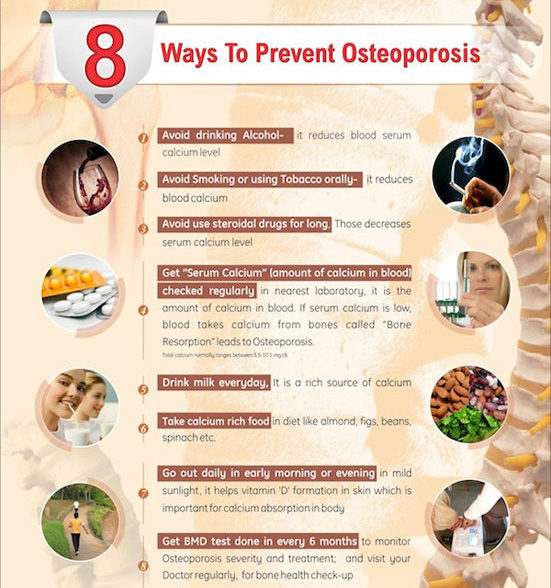
Julie Klucar and Kristy Losapio are two women on a mission.
Klucar, a certified physicians assistant, and Losapio, an advanced registered nurse practitioner, want seniors to stop breaking bones and start busting some myths, instead.
To that end, their Coastal Fracture Prevention Center in Sebastian is taking dead aim at the silent and woefully under-reported disease known as osteoporosis and tackling the truism that brittle bones are a natural and inevitable part of the aging process.
The National Osteoporosis Foundation in Washington, D.C. reports that upwards of 10.3 million American adults have osteoporosis and that an incredible 43.3 million more have low bone mass which can also lead to broken bones.
The foundation goes on to say, “The direct care expenditure from osteoporosis-related fractures exceeds $19 billion annually and by 2025 the cost is projected to grow to more than $25 billion.”
$25 billion might buy a lot of casts and splints and walking boots but it won’t do much to mend broken or lost lives.
The American Orthopedic Association alarmingly reports that, “almost one quarter of seniors who suffer a hip fracture will die within one year” – yet osteoporosis still doesn’t garner the kind of media buzz many other diseases receive.
The Mayo Clinic explains osteoporosis as a disease that “causes bones to become weak and brittle – so brittle that a fall or even mild stresses like bending over or coughing can cause a fracture.” Most osteoporosis-related fractures occur in the hip, wrist or spine and repeat fractures are far more common than most people realize.
It is a dire situation, but according to both Klucar and Losapio, there’s nothing “inevitable” about getting this disease. More importantly, they say, there are any number of ways to fight back if you already have it.
Six years ago the AOA launched a program called “Own the Bone” modeled on the American Heart Associations’ successful “Get with the Guidelines” campaign. In spite of this effort, there are still more osteoporosis-related bone fractures in the U.S. each year than there are heart attacks, strokes and breast cancer cases combined – and yet the disease remains widely under-diagnosed and under-treated.
Perhaps surprisingly, neither Klucar nor Losapio are willing to place blame for that on primary care physicians.
“They are overwhelmed,” says Losapio, “Let’s face it. Between heart disease and cancers, they are overwhelmed.”
So, frankly, it falls to patients to ask.
Post-Menopausal women and men over the age of 65, according to Klucar and Losapio, should insist on a bone density test. In most cases, Medicare will pick up the tab for such tests every two years and if osteoporosis is detected, there is help at hand.
“The reason we started [the Coastal Fracture Prevention Center] in the first place,” explains Losapio, “is because we were seeing so many patients with one broken bone go on to have a second fracture. Their osteoporosis was never recognized or treated and we decided we were tired of seeing that. We knew could do better.”
“It’s not aging,” adds Klucar, “it’s a disease and it’s a disease that can be treated. We’re passionate about this.”
Their passion is evident and demonstrable. In unison they talk about how changes in diet, programs in balance training and exercise along with medications can help seniors fight back.
Vitamin D, magnesium and calcium, Klucar explains, are all part of re-fortifying bone strength strategy, as are weight-bearing exercises and work on balance.
“Balance,” she points out, “is a learned skill. You can lose it if you don’t practice it.”
Just how brittle can bones get for people with osteoporosis?
Very brittle.
“You wouldn’t think you could break your back [with a compression fracture] just by lifting a basket of laundry, but you can,” says Klucar.
Initial consultations at Coastal Fracture Prevention Center last about 30 to 40 minutes. From the information gathered, a personalized program can be developed.
Hard as it may be for most of us to believe, bone is not cold, hard pieces of calcium. It is actually living tissue that is constantly being broken down and replaced.
Osteoporosis occurs when the creation of new bone doesn’t keep up with the loss of old bone, but with proper care, anyone at any age, according to these specialists, can take steps to continue to re-grow bone.
Coastal Fracture Prevention wants to show people in the Vero-Sebastian area how to do just that.
Julie Klucar and Kristy Losapio are with Coastal Fracture Prevention Center at 13000 U.S. Hwy. 1 in Sebastian. The phone number is 772-581-2663.



